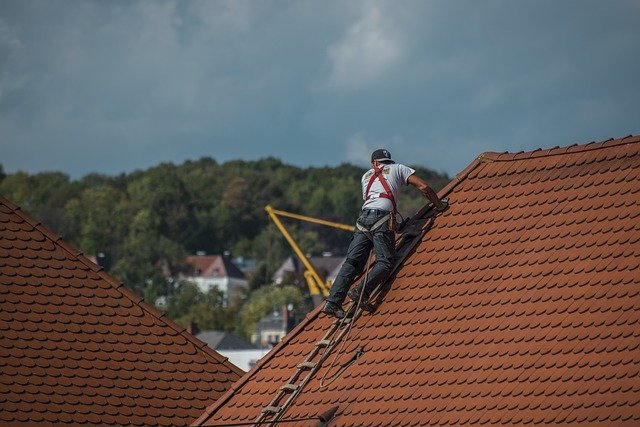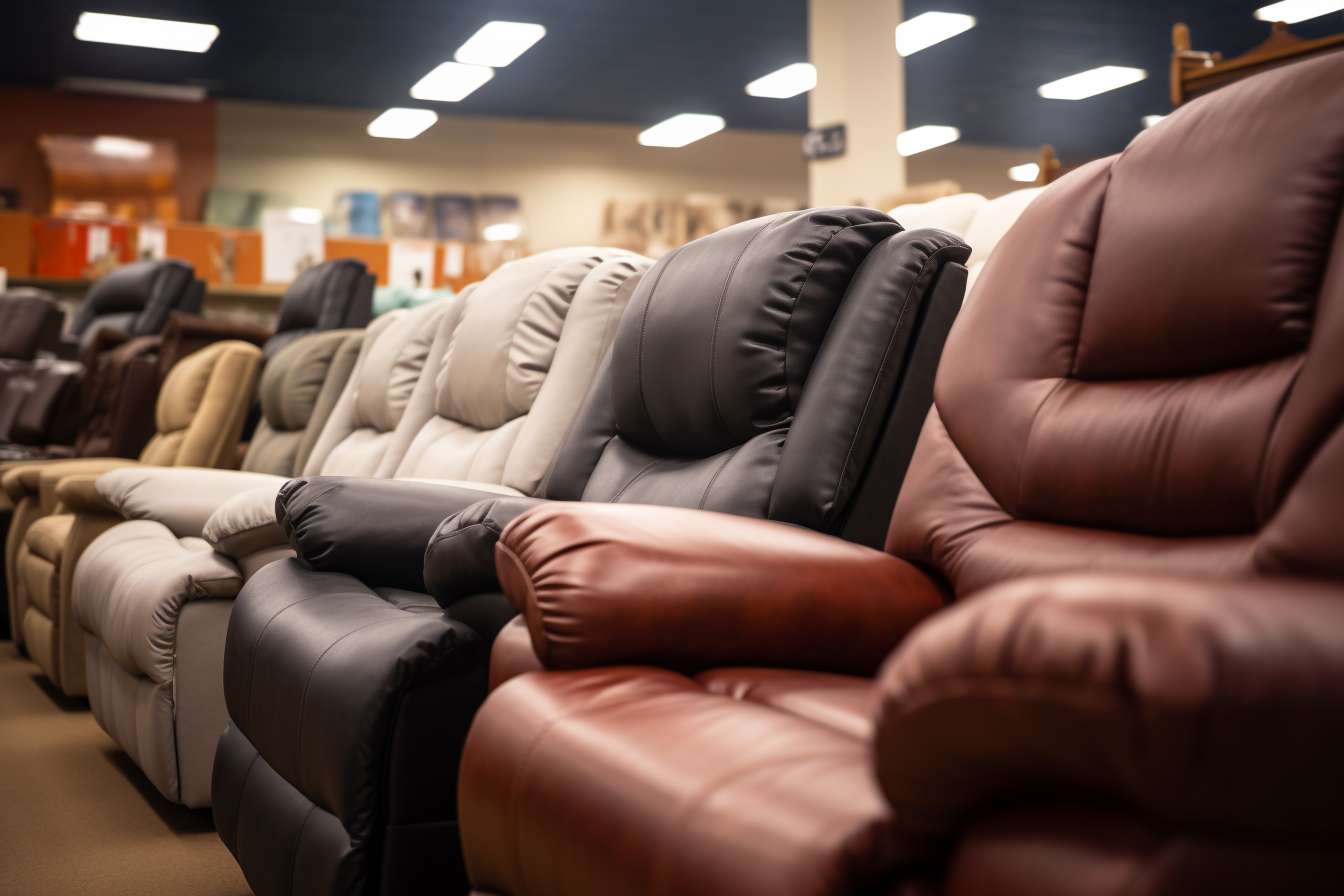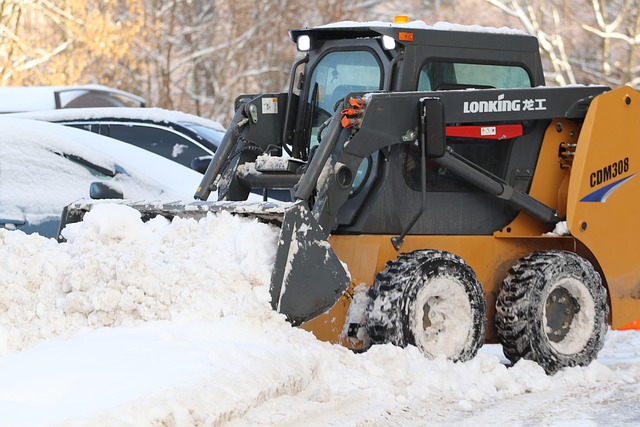Essential Scaffolding Options for Your Home Project: A Complete Guide
Scaffolding serves as a temporary structure that provides support for construction workers, materials, and equipment during building, maintenance, or repair work. Whether you're planning a DIY home renovation or hiring professionals for a major construction project, understanding scaffolding options is crucial for safety and efficiency. Proper scaffolding not only ensures worker safety but also facilitates better access to hard-to-reach areas, improving the quality and speed of your project.

What is Scaffolding and Why is it Important for Home Projects?
Scaffolding provides a secure platform for workers to access elevated areas of a building or structure. It consists of metal poles (standards), horizontal supports (ledgers), and platforms where workers stand and place materials. For home projects, scaffolding is essential when tasks involve working at heights, such as painting exterior walls, repairing roofs, or installing siding. Beyond safety, proper scaffolding improves work efficiency by allowing stable positioning and easy movement around the work area. Additionally, it reduces physical strain on workers who would otherwise need to maintain awkward positions on ladders for extended periods, leading to better quality workmanship.
Common Types of Scaffolding for Residential Use
Several scaffolding systems are available for home projects, each suited to different applications:
-
Frame scaffolding (also called sectional scaffolding): The most common type for residential use, featuring prefabricated, rectangular frames that stack vertically. It’s easy to assemble and ideal for straightforward projects like painting or siding installation.
-
Mobile scaffolding: Equipped with wheels (casters) that allow movement without disassembly. Perfect for projects where work areas change frequently, such as painting along a wall.
-
Baker scaffolding: A lightweight, narrow option designed for indoor use with limited space. It’s particularly useful for ceiling work, interior painting, or light fixture installation.
-
Pump jack scaffolding: Uses movable platforms supported by vertical poles secured to the building. This system is excellent for siding installation or exterior painting on homes.
-
Suspended scaffolding: Hangs from the roof or upper structure of a building. While less common for typical home projects, it might be necessary for work on multi-story homes or hard-to-reach areas.
Safety Considerations When Choosing Scaffolding
Safety should be your primary concern when selecting scaffolding for home projects. All scaffolding must comply with Occupational Safety and Health Administration (OSHA) standards, even for DIY projects. Key safety features include guardrails on platforms more than 10 feet above ground level, secure footing on level ground (using base plates or mudsills), and proper bracing to prevent movement. Never exceed the manufacturer’s specified weight capacity, and ensure the scaffolding is at least 10 feet away from power lines. Weather conditions also impact safety—avoid using scaffolding during high winds, rain, or snow. For DIY enthusiasts, proper training in scaffold assembly and use is essential before attempting any elevated work.
DIY vs. Professional Scaffolding Services
While DIY scaffolding rental can save money for smaller projects, professional scaffolding services offer significant advantages for larger or more complex home renovations. DIY scaffolding works well for simple, short-duration projects like painting a single wall or cleaning gutters. However, professional services provide properly engineered systems, expert assembly, and compliance with safety regulations. Additionally, professionals can design custom configurations for unusual home layouts or access challenges. For projects lasting more than a few days or requiring scaffolding higher than one story, professional services often prove more cost-effective when considering rental duration, transportation logistics, and the time required for proper assembly and dismantling.
Cost Considerations for Home Scaffolding Projects
Scaffolding costs vary widely based on type, project duration, and whether you’re renting or hiring professionals. For DIY rentals, basic frame scaffolding typically costs between $15-$40 per section per week, with a minimum rental period of one week. A standard residential project might require 3-6 sections, bringing weekly rental costs to $45-$240, plus transportation fees of $50-$100. Mobile scaffolding rentals average $100-$250 weekly, while specialized systems cost more.
Professional scaffolding services typically charge $2-$10 per square foot, depending on height and complexity. For a standard two-story home exterior project, expect costs between $1,000-$5,000 for professional scaffolding installation, maintenance, and removal.
| Scaffolding Type | DIY Rental (Weekly) | Professional Service (Average Project) | Best For |
|---|---|---|---|
| Frame Scaffolding | $45-$240 | $1,000-$3,000 | General exterior work |
| Mobile Scaffolding | $100-$250 | $1,200-$3,500 | Projects requiring frequent repositioning |
| Baker Scaffolding | $75-$150 | $800-$1,500 | Interior work |
| Pump Jack | $200-$350 | $1,500-$4,000 | Siding installation |
| Suspended System | Not recommended for DIY | $3,000-$7,000 | Multi-story homes |
Prices, rates, or cost estimates mentioned in this article are based on the latest available information but may change over time. Independent research is advised before making financial decisions.
How to Prepare Your Property for Scaffolding Installation
Proper preparation ensures efficient scaffolding installation and project execution. Start by clearing the work area of obstacles, including furniture, potted plants, and vehicles. Protect delicate landscaping features with plywood sheets or tarps. Inform neighbors about your project timeline, especially if scaffolding might partially extend over property lines or create temporary access issues. Check local building codes and homeowners association rules, as some jurisdictions require permits for scaffolding installation. Secure pets and children away from the construction zone during both installation and use. Finally, ensure proper access for delivery vehicles bringing scaffolding materials, which may include large trucks requiring adequate turning space and firm ground for unloading heavy components.
Choosing the right scaffolding solution for your home project balances safety, accessibility, cost, and convenience. Whether you opt for DIY rental or professional services, proper scaffolding will protect workers, improve efficiency, and help ensure quality results for your home improvement project.




